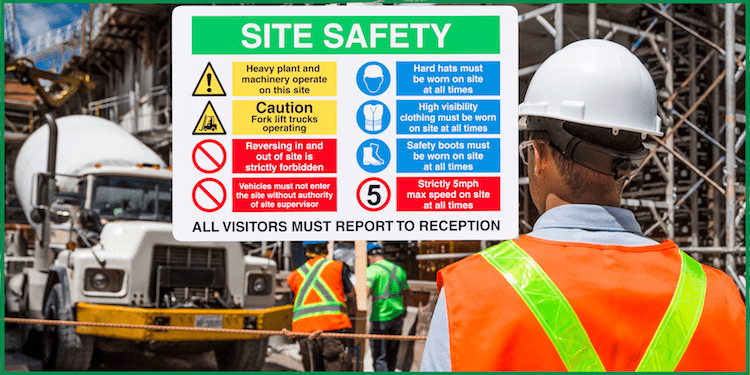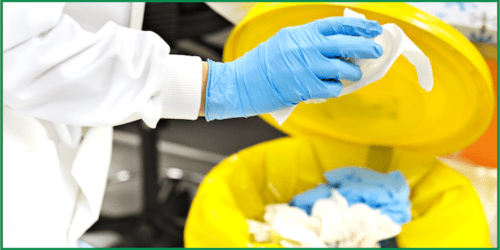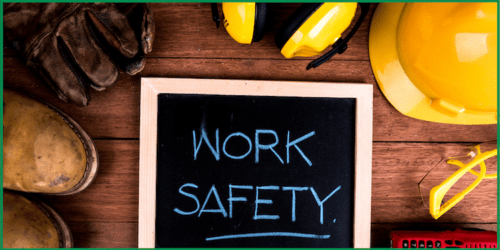Construction site safety and health guidelines are essential, as workers’ exposure to hazards such as falls, electrocution, and being struck by equipment or falling objects is inevitable.
Therefore, employers must implement safety and health measures on construction sites to protect workers and minimize the risk of accidents by following the safety and health guidelines provided by the Occupational Safety and Health Administration (OSHA).
Table of Contents
- Personal Protective Equipment (PPE)
- Fall Protection System
- Electrical Hazard Safety Precaution
- Basic Needs: Water, Restroom, Heat Stress Mgmt.
- Hazardous Material Awareness
- Daily Routine Site Inspection
- Quality Control: Report and Investigate Incidents
1. Personal Protective Equipment:
One of the primary safety measures employers must enforce on construction sites is personal protective equipment (PPE). PPE includes hard hats, safety glasses, earplugs, gloves, and safety shoes.
Workers must wear the appropriate PPE depending on the tasks they are assigned. Employers should also train workers on adequately using and maintaining their PPE.
2. Fall Protection System:
Another safety measure is the implementation of fall protection systems. Fall protection is crucial for workers working at heights such as highrise buildings, roofs, or scaffolding.
Fall protection systems include guardrails, safety nets, and personal fall arrest systems. Employers must ensure that the fall protection systems are installed and inspected regularly for efficient functionality.
3. Electrical Hazard Precaution
Also, electrical hazards are common on construction sites, and employers must implement measures to protect workers from electrocution. Electrical safety includes:
- Ensuring that electrical equipment is properly grounded.
- Providing workers with insulated tools and equipment.
- Marking electrical hazards with warning signs.
4. Basic Construction Site Needs:
In addition to safety and health measures, employers must also take steps to ensure workers’ health on construction sites in the following areas:
- Providing access to clean drinking water, restrooms, and hand washing facilities.
- Implement a heat stress management program to prevent heat exhaustion and other heat-related illnesses.
5. Hazardous Material Awareness:
Furthermore, employers must train workers on the hazards associated with the materials they are working with, such as hazardous chemicals and asbestos.
Employers must also provide workers with information on the proper handling and disposal of hazardous materials, not limited to permits required for such hazardous materials.
6. Daily Routine Site Inspection:
Employers must also conduct regular safety inspections on construction sites to ensure safety measures are correctly implemented and followed.
7. Quality Control:
Employers should also encourage workers to report any safety concerns and investigate all reported incidents to prevent future occurrences.
Bottomline,
The probability of a job injury is higher on a construction site and is entitled to Workers’ Compensation.
Employers must implement safety and health measures on construction sites to protect workers and minimize the risk of accidents.
Employers must provide workers with the appropriate personal protective equipment (PPE), fall protection systems, and training on the hazards associated with their work.
Regular safety inspections and incident investigations are critical to providing and nurturing a safe and healthy working environment.
By implementing these measures, employers can ensure their employees return home sound and safe at the end of each working day.
Do you enjoy this reading? Kindly share with family, friends, and colleagues. Thanks 🙂



